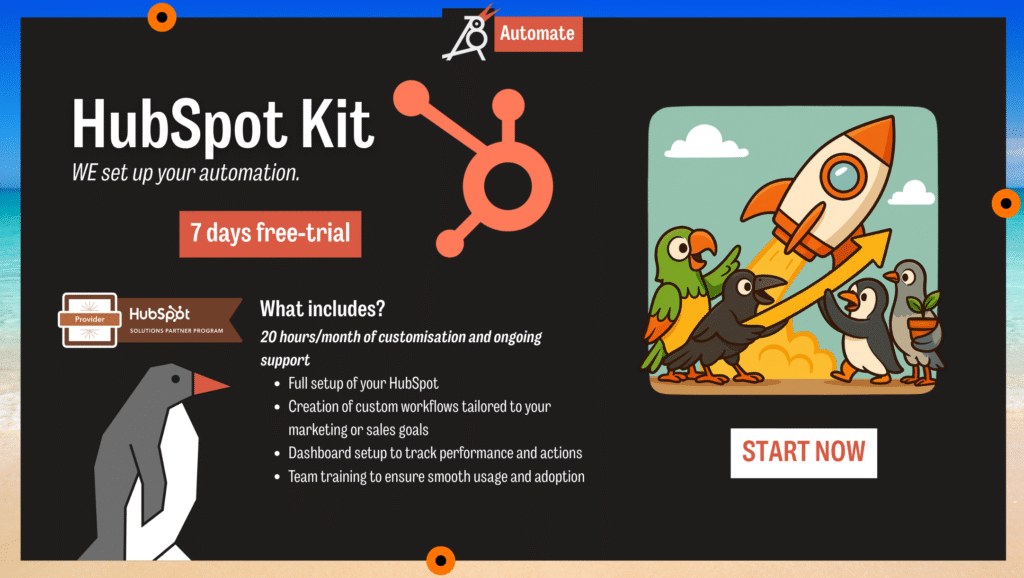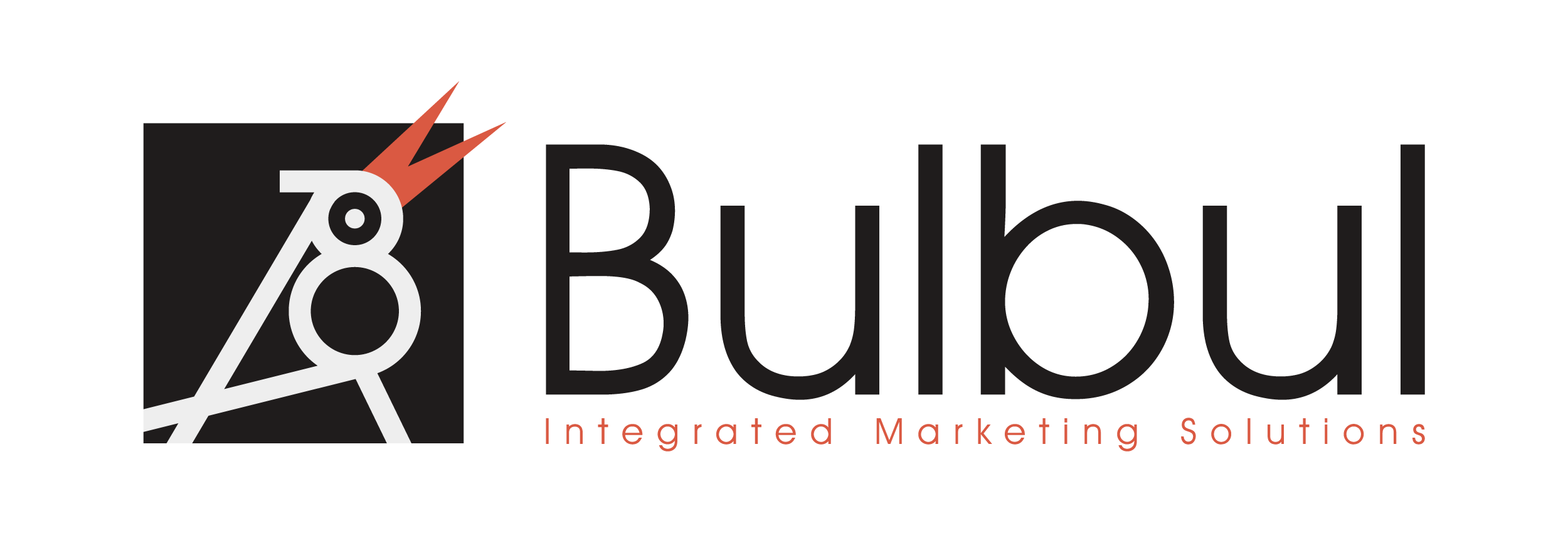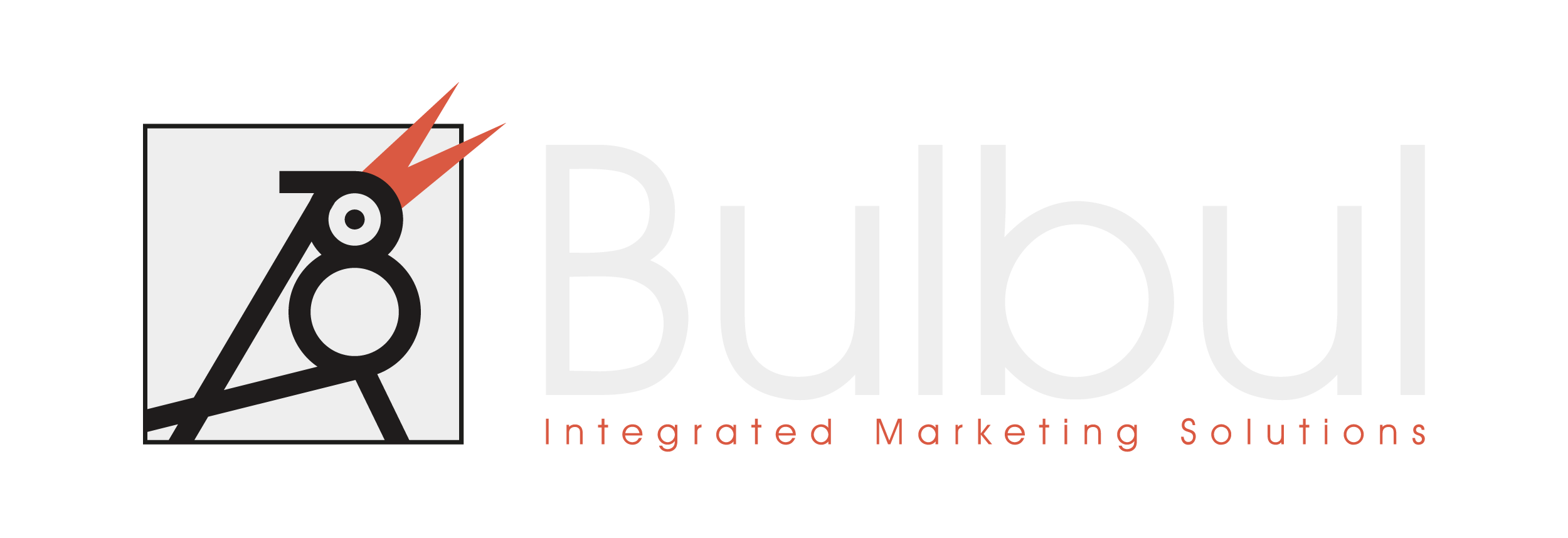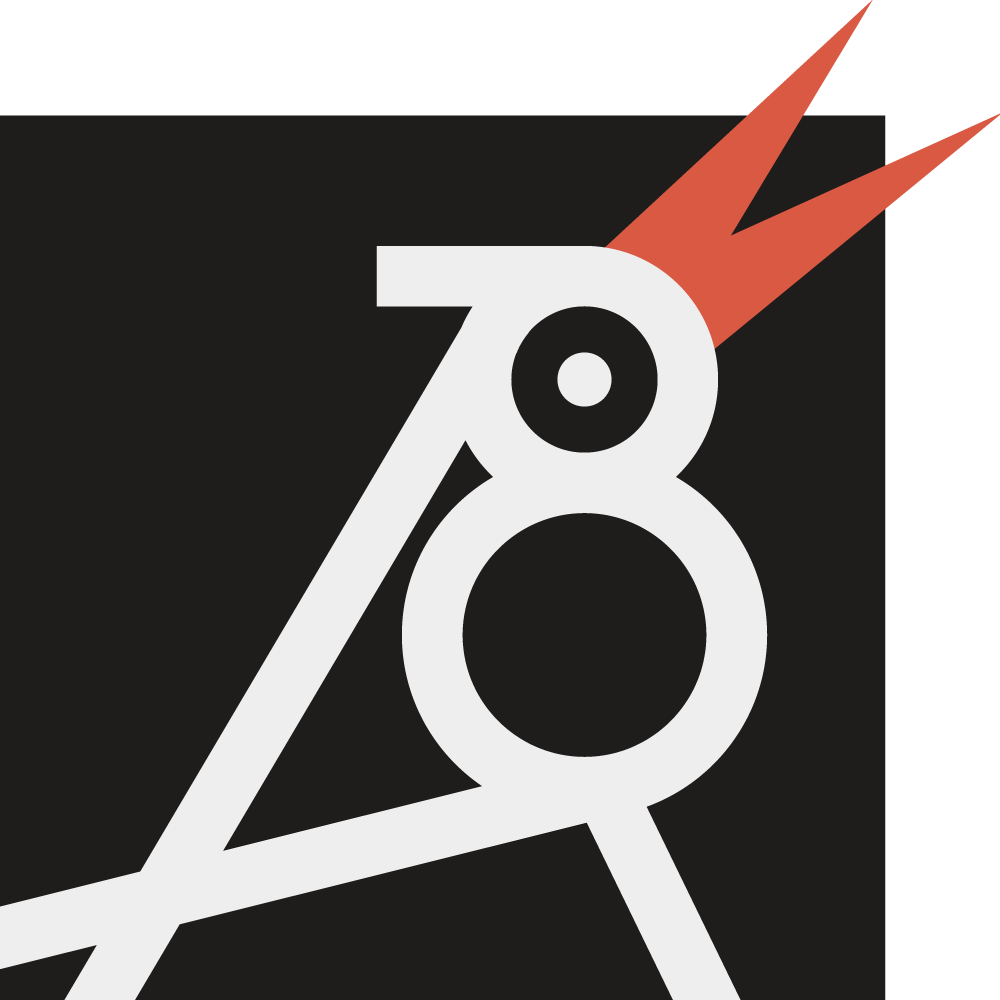How Lead Scoring for B2B Startups Helps Convert More Prospects in 2025

For B2B startups, every prospect matters. Yet many early-stage teams struggle with a common challenge: sales teams spend too much time chasing low-quality leads while missing out on the ones ready to convert. Rising acquisition costs and longer sales cycles only make the issue more urgent.
That’s why lead scoring for B2B startups is a critical growth lever in 2025. By prioritising prospects based on intent and fit, startups can shorten sales cycles, improve conversion rates, and cut CAC, all without needing to grow their teams dramatically.
According to the HubSpot State of Marketing 2025, companies using structured lead scoring systems achieve 28% higher close rates and reduce time-to-conversion by up to 35% compared to teams using unqualified lead lists.
In this guide, we’ll break down how lead scoring works, why it’s a must for B2B startups, and how to set it up (using HubSpot and other tools) to scale sustainably.
What Is Lead Scoring?
Lead scoring is the process of assigning points to prospects based on their behaviour and characteristics, so sales teams can focus on those most likely to buy. Points are typically awarded for:
- Engagement (e.g., visiting your pricing page, opening emails, booking a demo).
- Fit (e.g., company size, industry, budget, job title).
- Timing (e.g., recent activity signals, trial usage, event attendance).
When combined, these scores produce a ranked list of leads, helping your startup’s sales team spend time where it counts most.
Why Lead Scoring Matters for B2B Startups
Startups typically face:
- Limited sales capacity (small teams, high workloads).
- High CAC from paid ads if every lead is treated equally.
- Investor pressure to improve conversion rates and pipeline predictability.
With a clear lead scoring model, you can:
- Focus reps on the top 20% of leads likely to convert.
- Automate nurture for lower-score leads, reducing manual effort.
- Improve ROI on paid and organic channels by tracking which leads become customers.
The Role of Predictive Lead Scoring
Predictive lead scoring takes things further by using data and automation (in CRMs like HubSpot) to automatically identify high-intent prospects. Instead of manually assigning points, it analyses patterns from your historical deals and behaviour data.
According to HubSpot, teams using predictive lead scoring see up to 38% faster pipeline velocity and spend 25% less time per closed deal compared to those relying solely on manual scoring (HubSpot 2025 benchmarks).
For B2B startups, this can make a huge difference—helping small teams scale without needing extra headcount.
How to Build a Lead Scoring System
1. Identify Key Buyer Signals
Review your past conversions and note what top customers did before signing (e.g., number of website visits, demo requests, webinar attendance).
2. Assign Point Values
- +10 points for a pricing page visit.
- +20 points for booking a demo.
- +5 points for opening 3+ marketing emails.
- Negative points for unqualified actions (e.g., unsubscribes, bounced emails).
3. Set Thresholds
Define when a lead becomes “sales qualified” (e.g., 70+ points triggers a rep follow-up).
4. Automate the Process
Use tools like HubSpot lead scoring to calculate scores automatically and trigger workflows:
- High-score leads → direct to sales.
- Medium-score leads → enter automated nurture sequences.
- Low-score leads → stay in awareness campaigns until they re-engage.
5. Continuously Optimise
Review your scoring model quarterly to adjust point weights and improve accuracy as your startup scales.
How HubSpot Supports Lead Scoring for Startups
HubSpot offers built-in manual and predictive lead scoring tools, making it easy for startups to:
- Track engagement across every touchpoint (ads, emails, site visits).
- Automatically route leads to the right rep or nurture workflow.
- See conversion and CAC metrics by lead score segment, helping optimise marketing spend.
Bulbul’s HubSpot Kit is designed to help B2B startups set up lead scoring, automate workflows, and build investor-ready reports without the overhead of hiring full-time sales ops staff.
Putting It All Together: The Lead Scoring Playbook
In 2025, here’s how a B2B startup can leverage lead scoring to boost conversions:
- Map your buyer signals and assign point values.
- Automate scoring and routing with a CRM like HubSpot.
- Use predictive scoring to speed up sales cycles.
- Nurture lower-score leads automatically until they’re ready.
- Track CAC, LTV, and close rates by score segment to optimise.
Final Thoughts
For B2B startups, lead scoring is more than a nice-to-have—it’s the difference between chasing every lead blindly and focusing on the ones who actually convert.
By implementing predictive lead scoring and sales automation via HubSpot, startups can shorten sales cycles, reduce acquisition costs, and grow without adding headcount.
Ready to set up lead scoring and scale your pipeline?
Check out Bulbul’s HubSpot Kit today.


🤝 Bulbul is an official HubSpot Solutions Provider, strengthening our expertise in HubSpot automation for startups and fast-growing teams.



Comments are closed.